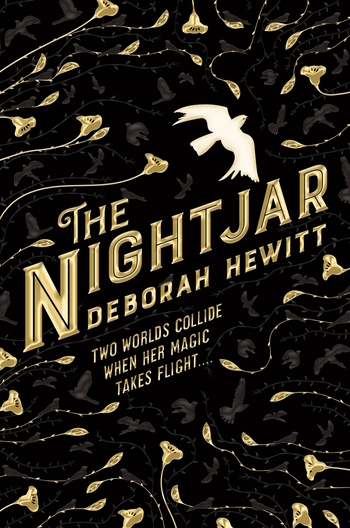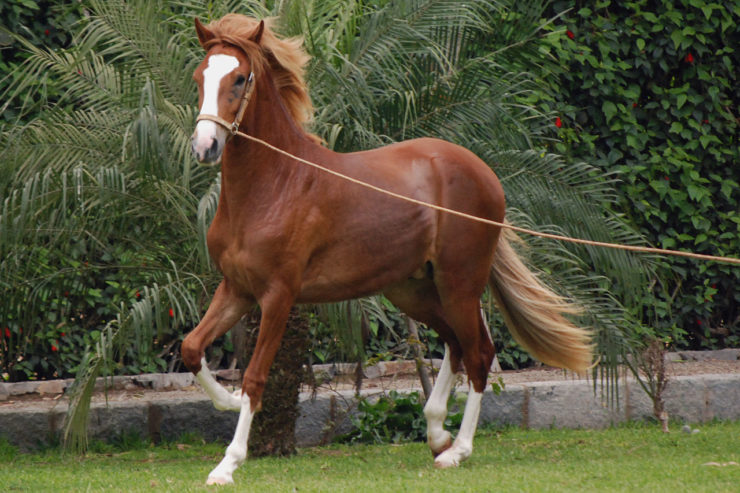Sometimes with animal breeds, people get confused. Two breeds will have very similar names and come from similar parts of the world, but aficionados will tell you that they really are not alike at all.
In dogs, that happens with Corgis. A Corgi is, in Welsh, a dwarf dog. The Pembroke is much better known—the Queen’s dogs, after all. The Cardigan is much rarer and less famous, and mostly it’s known as “the one with the tail.” They’re both short, up-eared Welsh herding dogs, but they’re separate breeds. Not related that closely at all.
In horse breeds, a similar thing happens with the Paso Fino and the Peruvian Paso. They’re both descended from Spanish imports into the Americas. They’re both smallish horses, they’re both lively and full of brio but also calm and cooperative, and most distinctive of all, they’re both gaited.
Gaited horses are somewhat out of the mainstream for horse breeds and horse people in North America and Europe in the twenty-first century. The big breeds—Quarter Horses, Thoroughbreds—don’t carry the genetic complex for that type of movement. They’re three-gaited horses: walk, trot or jog, canter or lope, plus gallop which traditionally isn’t included in the gait count. Most of the smaller breeds likewise, in between walk and canter, will default to the trot.
The trot is the gait a horse chooses when it needs to travel far at faster than walking speed. Canter and gallop take a lot of energy; a horse can’t keep them up for long. Trot is a lot easier.
In a driving horse it’s the gait of choice. In a riding horse it needs some accommodation on the part of either horse or rider. The Quarter Horse is bred for a smooth, slow jog that’s about as sittable as the trot can get. The “English” riding breeds, notably the Thoroughbred, save the rider’s back teeth and spine with the development of the rising or posting trot: the rider plugs into the rhythm of the trot and rises and falls with it. It takes practice and needs a fair bit of core strength, but it makes the trot manageable.
Buy the Book


The Nightjar
One of the key skills of the dressage rider is to be able to sit the trot of the advanced horse. These horses are often descended from carriage horses and have enormous, powerful gaits, but with training of both horse and rider, the gait becomes, if not easy to sit, at least possible to stay with when the horse powers on. It’s not easy and it takes serious athletic prowess.
In Central and South America and the Caribbean, as in Europe in the Middle Ages through the early modern era, riding horses took a different direction. The emphasis there was on comfort for the rider over long distances and complicated terrain. That meant horses that did not default to the trot for covering ground. Hence, amblers—horses that ambled, sometimes very fast, and always very smooth.
When the Conquistadores invaded the Americas, they brought their horses with them. Many were ancestors of today’s Iberian horses, the Andalusian and Lusitano, who are not known as gaited horses. They also brought a now lost breed, the jennet, and that breed was famous for its ambling gaits.
The amble in its multiple permutations is a genetic mutation. Horses with the gene will gait from birth. Some may also trot, but their natural inclination is toward a four-beat movement, a kind of shuffle that is easy and comfortable to sit.
Different gaited breeds have different variations of gaitedness. Last time I talked about gaited Saddlebreds and Tennessee Walking Horses. The Pasos, both Peruvian and Paso Fino, have a completely different way of going, both from the North American breeds and from each other.
The Paso Fino developed in and around the Caribbean and South America, from Puerto Rico to Colombia. Its movement is extremely fast and extremely balanced, with a short, precise, rapid stride. There’s a lot of flash and brio but not a lot of forward to it. And it’s smooth. The horse will be spinning away, but the rider hardly moves at all.
The Peruvian Paso evolved in a more limited geographical area, in effective isolation for some four hundred years. The result was a somewhat larger horse with somewhat different conformation, and different emphasis in the gaits. Whereas the Paso Fino is very much under itself and its stride is short, the Peruvian Paso has a more expansive way of going, with notable openness in the shoulder.
Freedom of shoulder is crucial to the Peruvian movement. What we call “winging” or paddling of the forelegs, swinging outward from the shoulder in a kind of swimming movement, is considered a fault in the Paso Fino and its cousin the Andalusian, but the Peruvian is bred for it; in the breed, it’s called termino. The goal is to cover ground smoothly at speed. This is a horse bred for the mountains, designed to carry a rider in comfort over rough terrain.
It’s fascinating to watch both of these horse breeds go. They’re so different from each other, and completely unlike the familiar spectrum of horses who trot. Even horse people have been known to speculate that these gaits must be artificial—manufactured somehow, with training or devices. But it’s all built in. The whole thing: the head carriage, the tempo, the air of calm and relaxation as they do their rapid dance. They’re born to gait.
Peruvian Paso photo by Harvey Barrison (licensed under CC BY-SA 2.0)
Judith Tarr is a lifelong horse person. She supports her habit by writing works of fantasy and science fiction as well as historical novels, many of which have been published as ebooks by Book View Cafe. She’s even written a primer for writers who want to write about horses: Writing Horses: The Fine Art of Getting It Right. Her most recent novel, Dragons in the Earth, features a herd of magical horses, and her space opera, Forgotten Suns, features both terrestrial horses and an alien horselike species (and space whales!). She lives near Tucson, Arizona with a herd of Lipizzans, a clowder of cats, and a blue-eyed dog.










